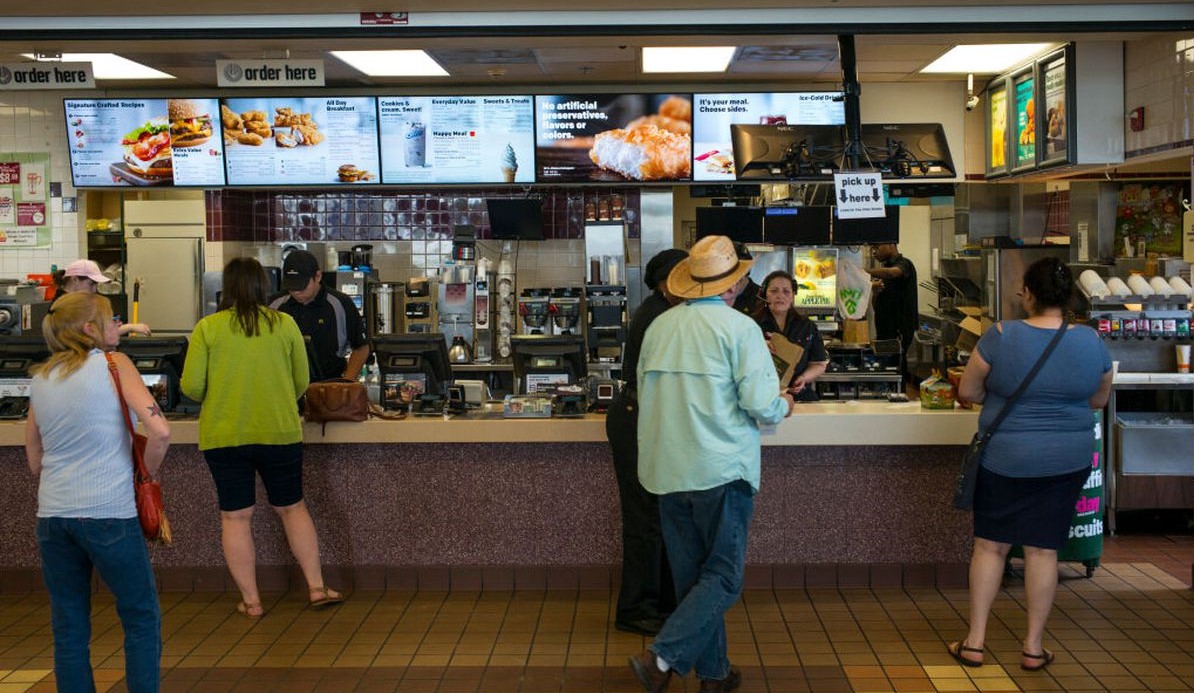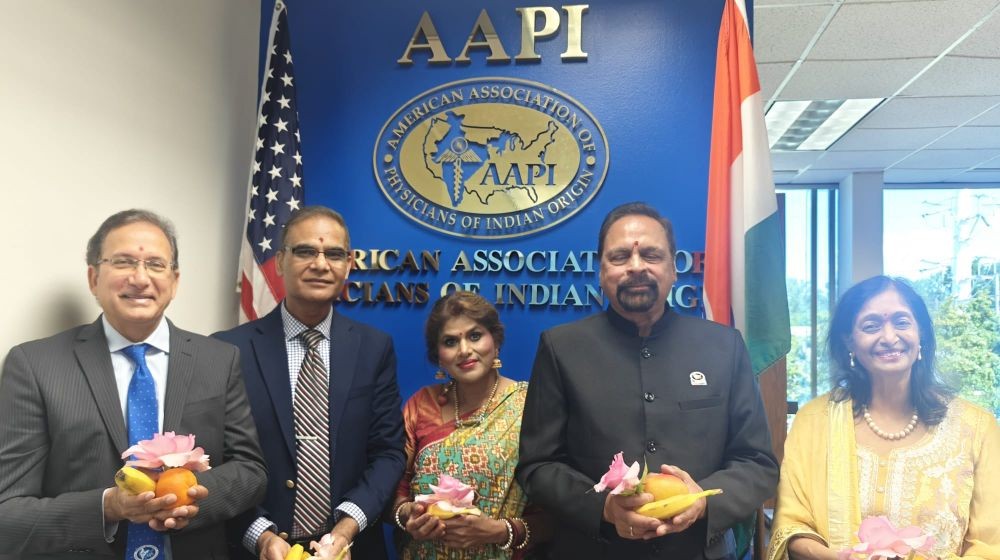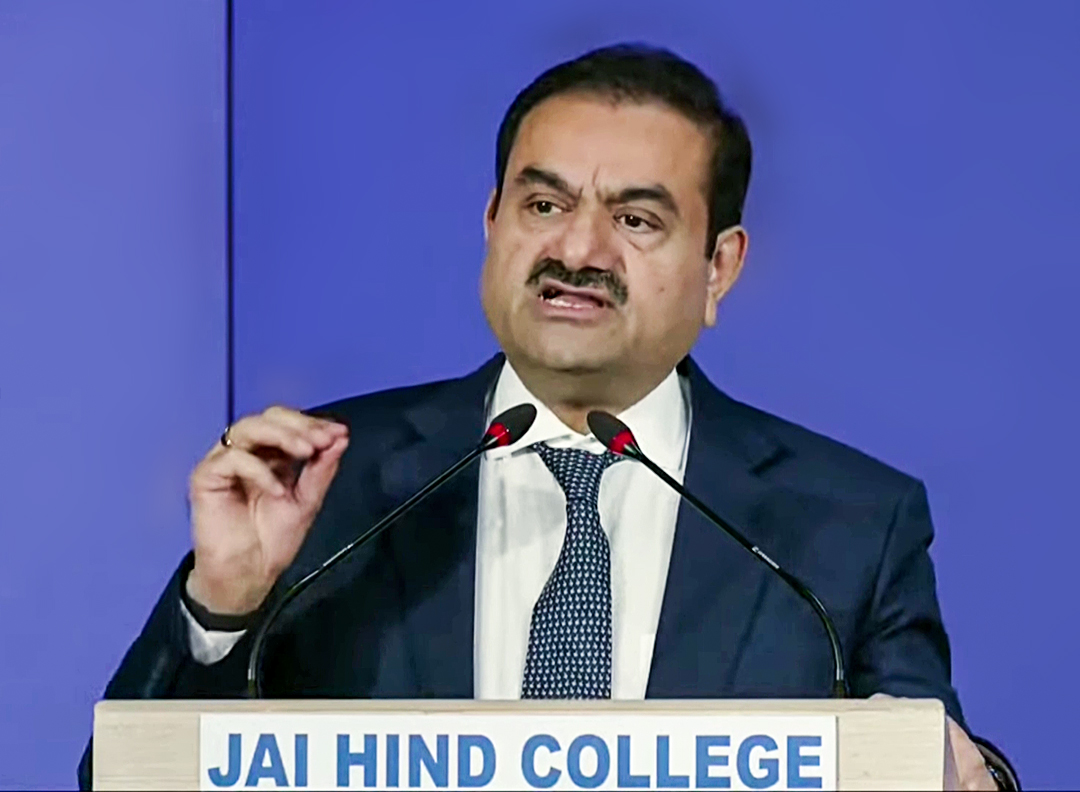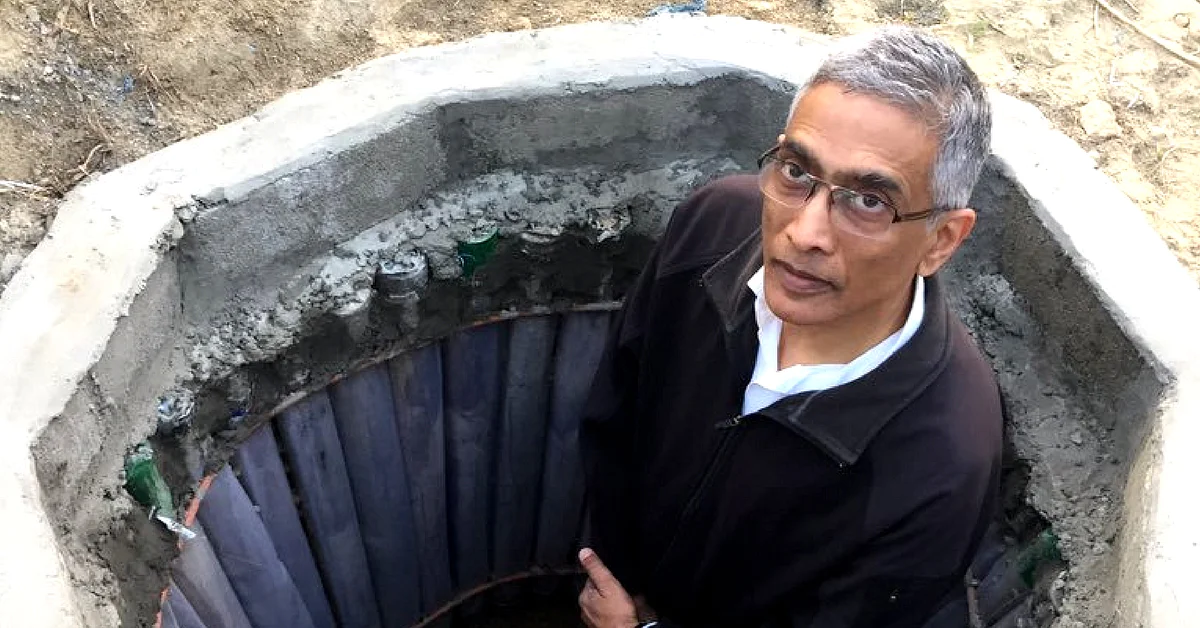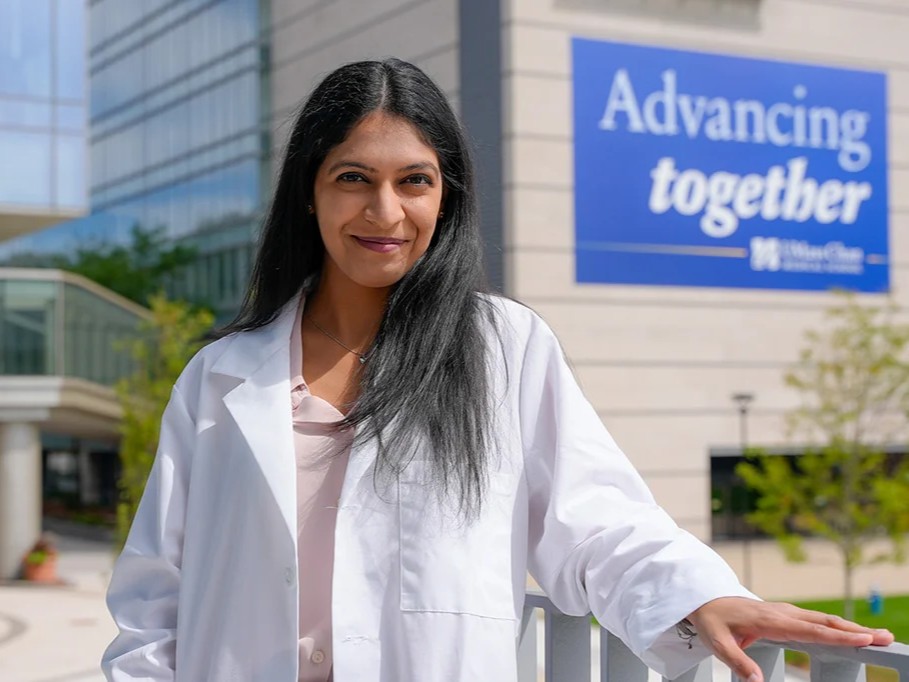Living in New York City, many of our young people only see food as a finished product on the shelf of a supermarket, in a bodega, or in a package. We want to help them understand how the food system works—everything from how we grow our food to how it arrives in our grocery stores and on our plates
Eric Adams
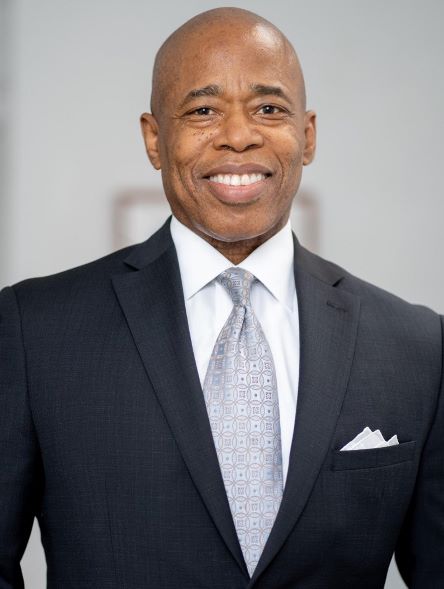
Here in New York City, we are lucky to have an abundance of food from all over the world, yet many of our families face food insecurity, and for some of our children, the breakfast and lunch they eat at school are their only meals for the day. This makes it even more important that we serve our students healthy, nutritious meals that look good, taste good, and are culturally appropriate.
As a city, we have taken important steps in this regard: we follow strict nutritional guidelines; we are offering more plant-based choices, especially on Plant Powered Fridays and Meatless Mondays; we’ve expanded Halal Kitchens so that 87 public schools are now certified to serve Halal meals; this year, we’ve committed $50 million to create a welcoming environment in more than 80 school cafeterias; $5 million to train our school food workers; and now we are adding a vital food education component to the mix.
Living in New York City, many of our young people only see food as a finished product on the shelf of a supermarket, in a bodega, or in a package. We want to help them understand how the food system works—everything from how we grow our food to how it arrives in our grocery stores and on our plates. We want them to be able to make healthy food choices and to analyze how the food system affects the climate, our economy, our diverse communities, and our health. Comprehensive food education can also help students develop an appreciation of the culinary traditions of our city’s many different cultures.
In order to achieve this, we must weave food education throughout the regular school day. Students can learn how to prepare food in the school cafeteria, visit a grocery store for a math or science class, take a trip to a farmers’ market, and so much more. Over 1,000 New York City public schools have gardens where students can learn how to plant and grow their own food as well.
In some of our low-income neighborhoods, families do not have access to supermarkets or other nutritious food sources. And since processed foods (like junk food) is often cheaper and more readily accessible than unprocessed foods, 40% of our students, particularly our Black and Latino students, are overweight or obese. This puts them at greater risk for chronic diseases like diabetes and asthma. By eating better at school and exercising more they can improve their health and the health of the planet. I know this firsthand: I was able to preserve my eyesight and reverse my Type 2 diabetes by adopting a plant-based diet.
Food insecurity and inequity is an ongoing problem in our city that affects New Yorkers’ physical and mental health. By serving healthier food in our schools and through comprehensive food education, we can transform our young people’s health and wellbeing, the health of their communities, our city, and our planet.
Eric Adams is the Mayor of New York City, NY
















